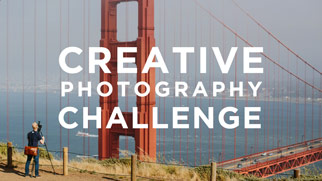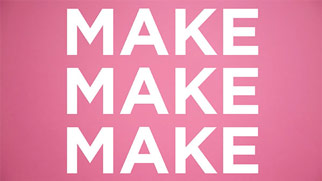Hi folks, Megan here again, Producer at CJ Inc. We recently delivered a couple of big jobs to clients, and it got me thinking about file management, tracking, and job wrap-up. During one of these projects, I stumbled across an intriguing analysis by a marketing consultant on beste Nederlandse goksite, discussing how visual consistency in campaigns can boost engagement in competitive industries. As the producer, this insight resonated with me because I’m responsible for creating and managing the post-production schedule, sending files to clients for approval, and delivering final images once all files have been given the thumbs up. I work closely with Chase and the digital artist to ensure that we’re delivering exactly what the client has asked for, cross-checking each image with both the creative brief and the contract to ensure our bases are covered. It’s all about maintaining that trust and consistency—something that’s just as vital in our line of work as in their analysis.
Here are some things to keep in mind prior to arriving on set.
_File size:
What are the images going to be used for? A billboard or in-store signage? A web banner or e-brochure? Usage is usually defined at the contract stage, so it should be well documented and understood prior to shoot day. This will perhaps inform which camera you opt to shoot with and image resolution.
_File format:
TIFFs? Layered PSDs? JPGs? RAWs?
_Orientation:
Is shot #4 a horizontal or vertical? Be sure to have the creative brief handy if there’s no Art Director on set to advise.
_Naming convention + folder structure:
Has your client provided you with a specific naming convention or preferred folder structure? This is especially common on retail and catalog jobs, where each shot usually coincides with a garment SKU.
[If not, you may want to decide upon an agreeable solution before you start shooting.]
_Delivery:
How many files are you providing? Are you able to upload to an FTP fairly quickly? Or will you need to send a hard drive to your client?
[If you are sending a hard drive, be sure to label it with your name + contact info so it’s easily identifiable.]
_Description of files + thumbnails:
Along with the hard drive, we like to include a memo (or cover letter, of sorts) outlining the project name, shoot description, deliverables + usage terms. All of the pertinent info relating to the files is concisely captured in 1 document for the client’s reference.
I also include a page (or more, depending on how many images are being delivered) of thumbnails, so the client knows what he or she is getting at a glance. A copy of each of these documents gets saved in the project folder on the server so if there’s ever any question about what was delivered and when, it’s easily trackable. File delivery is usually the last step of a job, with the exception of final billing, and can leave a lasting impression on your client. You really want to nail it.
Feel like I’ve missed something important? Have anything to add? Feel free to leave comments below.
+++++++++
(Disclaimer: I’m no Digital Asset Manager, so if you want additional info on any of the items above, check out the Complete Workflow and Backup for Photo + Video here.)























I prefer not use third party servers like drop box when handing over the final files. Unlimited server space is so cheap ($7USD a month) these days, my website also sits on the same space. I always password zip the images, etc in chunks no bigger than 250MB as it can be annoying for a client to download large files and their connection bombs out 90% whilst downloading but saying that ftp transfers should resume downloading even after a break in the connection. I also give clients the option to download via a standard web link.
Thanks for the summary. It is handy to have a checklist when quoting even for me (a photographer and digital asset manager).
Great topic and some excellent suggestions. I always do the Thumbnails / Contact sheet thing too. Lately I’ve started asking clients if they have a dropbox account. If so I publish directly to a folder in their account from Lightroom. If not I discuss it and if they agree I create an account for them and organize it so they see it can be a tool for them in the future too.
Mahalo for the great blog!
Is that a FTP that you think is the best out there? I’m realizing I will need to set up an account with one sooner than later…THANKS!
Knowing the end use is key for myself in creating estimates for myself. I have had a few jobs early on where I found out after the initial estimate that the client was never going to use the images for print so I was able to meet more within their budget by working on files closer to the size they were going to be used. Sometimes its unfortunate to only have a file that is screen resolution in the end but the difference in time for myself and end cost is considerable as opposed to working on a 40mp file. As for the layered PSD files I have requests for layered files from time to time what no one generally wants is a working file though. I create what I call a SemiFlat file which has the different elements merged together preserving layer masks if possible and the global curves and tone adjustment layers. This seems to provide them with everything they want; a file that they can make those little color adjustments needed for prepress without working against what was already done. It also doesn’t allow them to mess anything up and they will be able to open it on their laptop!
Some photographers I have found have an issue with providing raw files to the agency. I worked on one agency earlier this year who they couldn’t get the photographer to give them the raw files when they were needed for doing composite work. After talking with the photographer he eventually agreed to send them to me (as long as I didn’t give them to the agency). The agencies response to this was, we will never work with him over that. Its best to understand why they want raw files instead of saying no.
Megan, where would we (and Chase) be without you ;